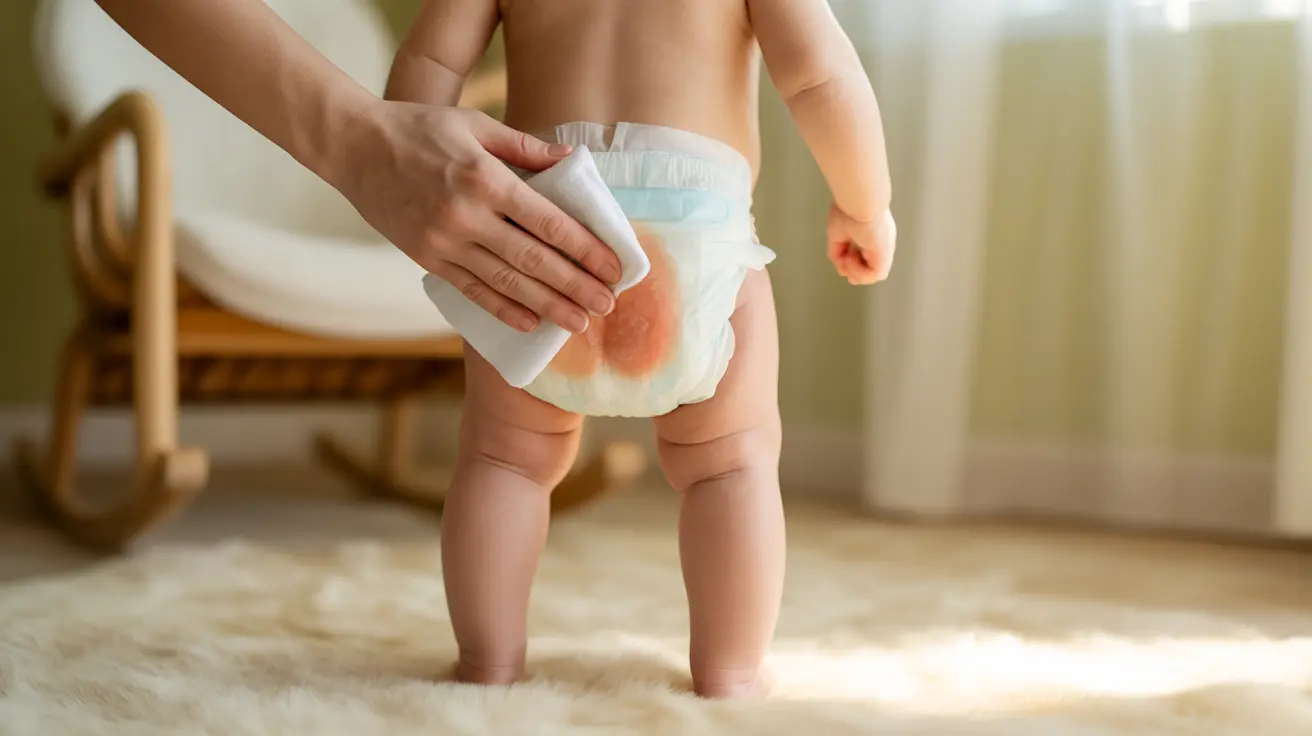When your baby develops a diaper rash that starts bleeding, it can be both distressing and concerning for parents. Understanding the causes, symptoms, and proper treatment approaches is crucial for helping your little one heal and preventing future occurrences. This comprehensive guide will help you identify when a diaper rash requires medical attention and how to manage it effectively at home.
Understanding Bleeding Diaper Rash
A bleeding diaper rash occurs when regular diaper rash becomes severe enough to damage the skin's surface, leading to small breaks or tears that can bleed. This condition typically develops when a standard diaper rash goes untreated or when certain factors make the rash worse.
Common Causes of Bleeding Diaper Rash
Several factors can contribute to the development of a severe diaper rash that leads to bleeding:
- Prolonged exposure to wet or soiled diapers
- Friction from tight diapers or clothing
- Allergic reactions to diaper materials or skincare products
- Bacterial or yeast infections
- Sensitive skin conditions
- Introduction of new foods (which can change stool composition)
Signs of Infection
It's important to recognize when a bleeding diaper rash may be infected. Watch for these warning signs:
- Bright red or purple discoloration
- Warm skin in the affected area
- Pus or yellow discharge
- Fever
- Unusual fussiness or crying during diaper changes
- Spreading rash beyond the diaper area
Treatment Options for Bleeding Diaper Rash
Immediate Care Steps
When dealing with a bleeding diaper rash, follow these essential steps:
- Gently clean the area with warm water (avoid wipes)
- Pat the skin dry carefully (never rub)
- Apply a thick barrier cream or ointment
- Use diapers with increased breathability
- Change diapers frequently
Medical Treatments
In some cases, your healthcare provider may recommend:
- Prescription antifungal creams
- Mild steroid preparations
- Antibacterial ointments
- Special moisture-absorbing powders
Prevention Strategies
To prevent diaper rash from progressing to bleeding, implement these preventive measures:
- Change diapers promptly when wet or soiled
- Use fragrance-free, hypoallergenic products
- Allow diaper-free time for skin healing
- Choose the right diaper size to prevent friction
- Consider switching diaper brands if recurring issues occur
When to Seek Medical Care
Contact your healthcare provider if you notice:
- Bleeding that doesn't improve with home care
- Signs of infection
- Fever
- Rash spreading beyond the diaper area
- Severe pain or discomfort
- Blisters or open sores
Frequently Asked Questions
What causes a diaper rash to bleed and how can I tell if it's infected? A diaper rash can bleed when severe irritation causes breaks in the skin. Signs of infection include unusual redness, warmth, swelling, pus, and fever.
How do I treat a bleeding diaper rash safely at home and when should I see a doctor? Treat bleeding diaper rash at home with gentle cleaning, barrier creams, and frequent changes. See a doctor if the condition doesn't improve within 2-3 days or shows signs of infection.
What are the signs and symptoms of severe diaper rash, including pain, bleeding, or fever? Severe diaper rash symptoms include bright red or purple skin, bleeding, unusual pain during diaper changes, fever, and spreading beyond the diaper area.
How can I prevent diaper rash from getting worse or causing bleeding in my baby? Prevent worsening by changing diapers frequently, using gentle products, allowing air time, and applying protective barrier creams.
Are certain diaper products or wipes more likely to cause allergic or irritant diaper rash that bleeds? Yes, products containing fragrances, alcohol, or harsh chemicals can trigger allergic reactions. Hypoallergenic products and water-based cleaning are safer options.




